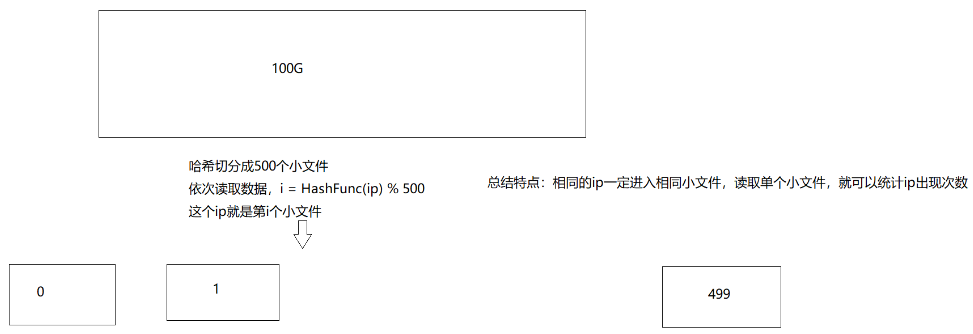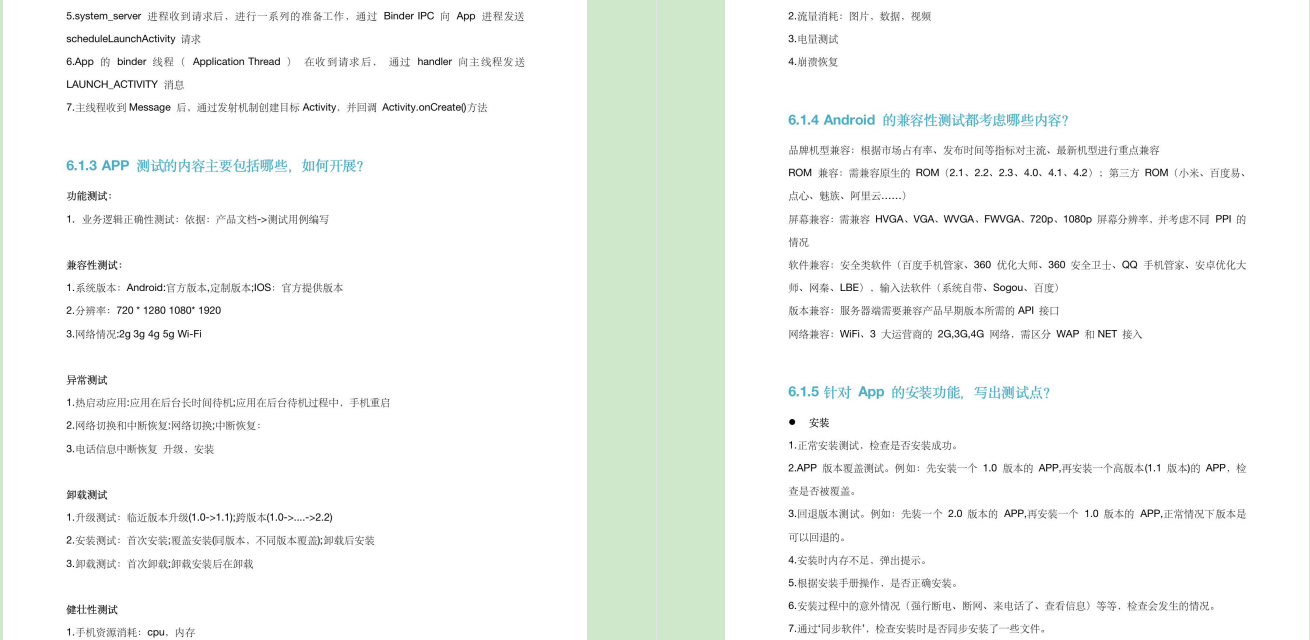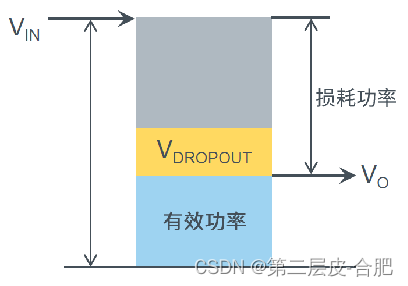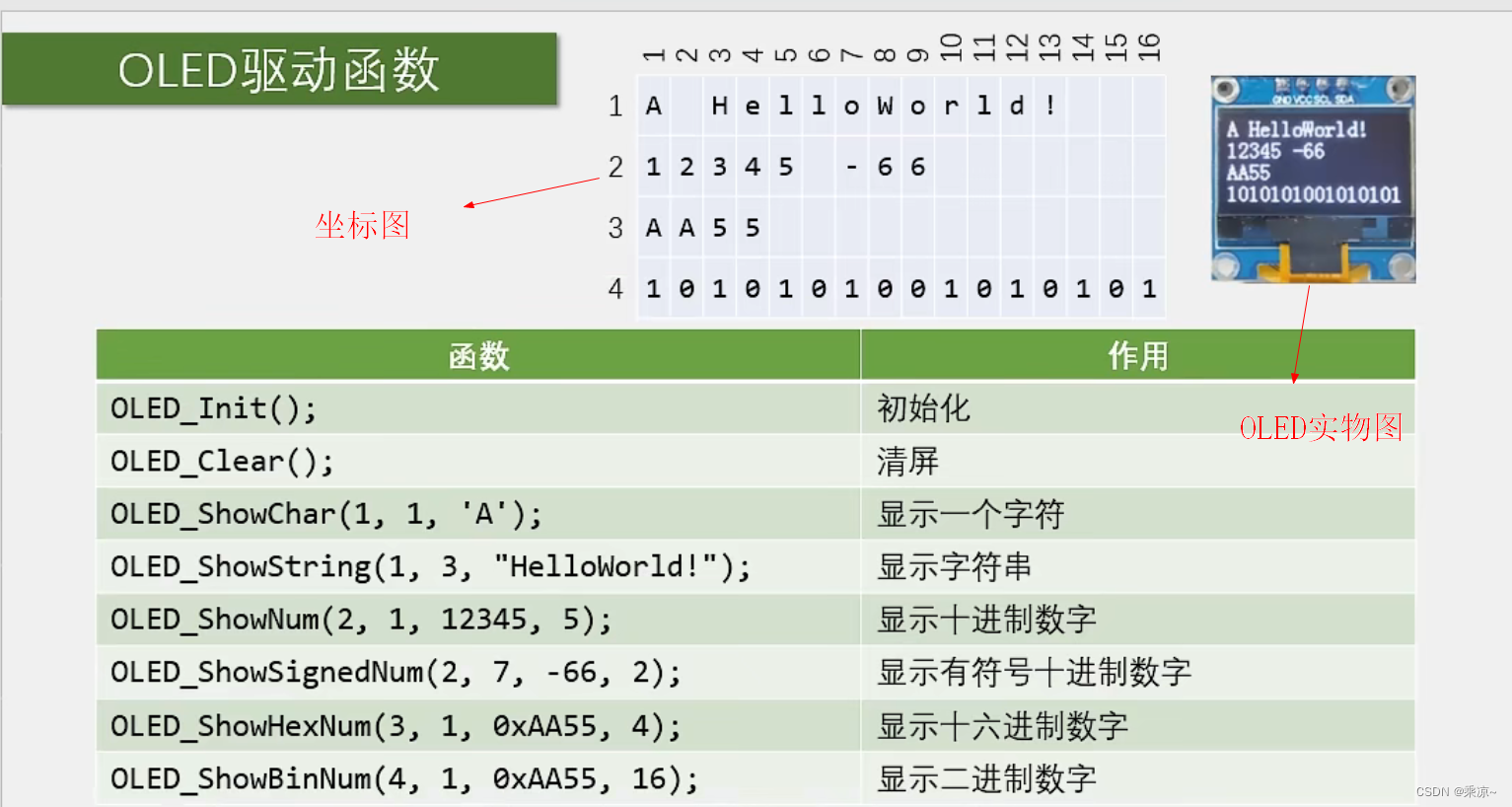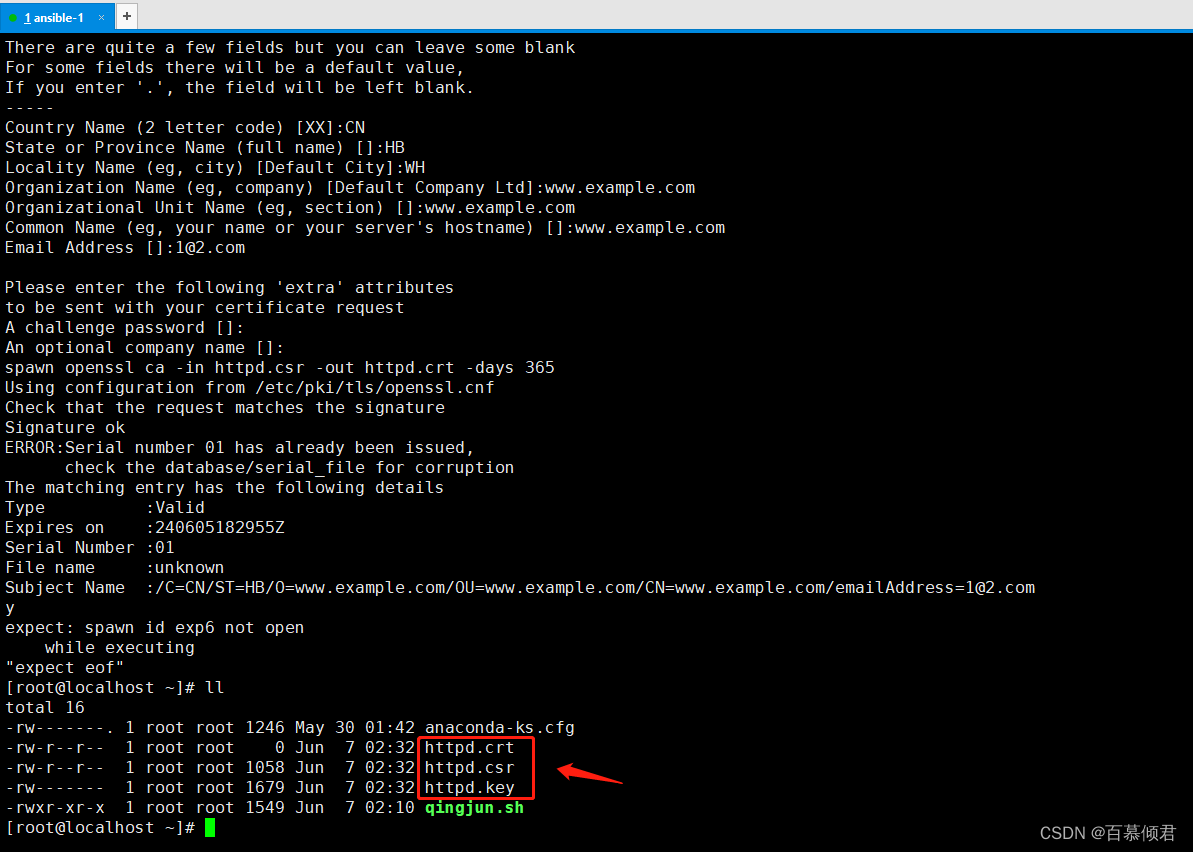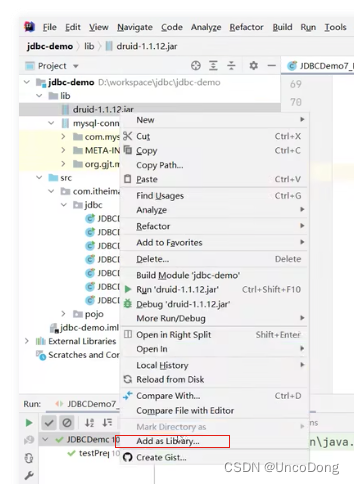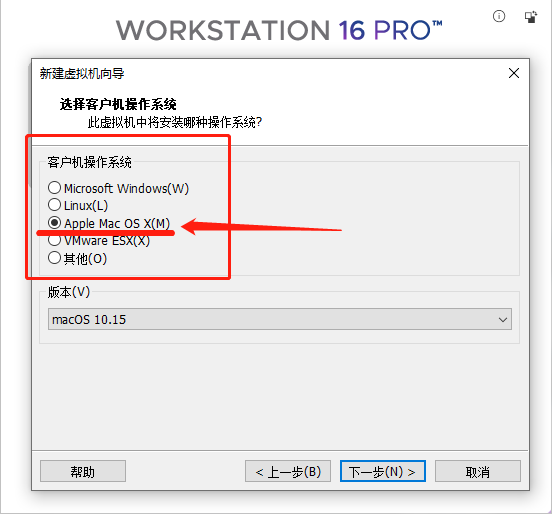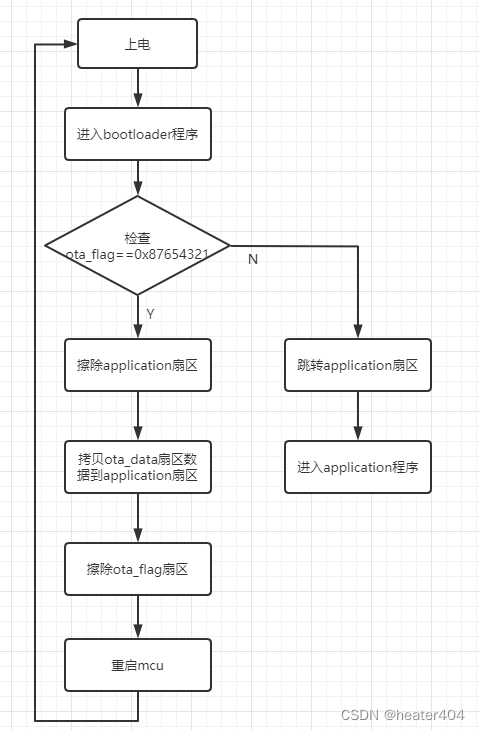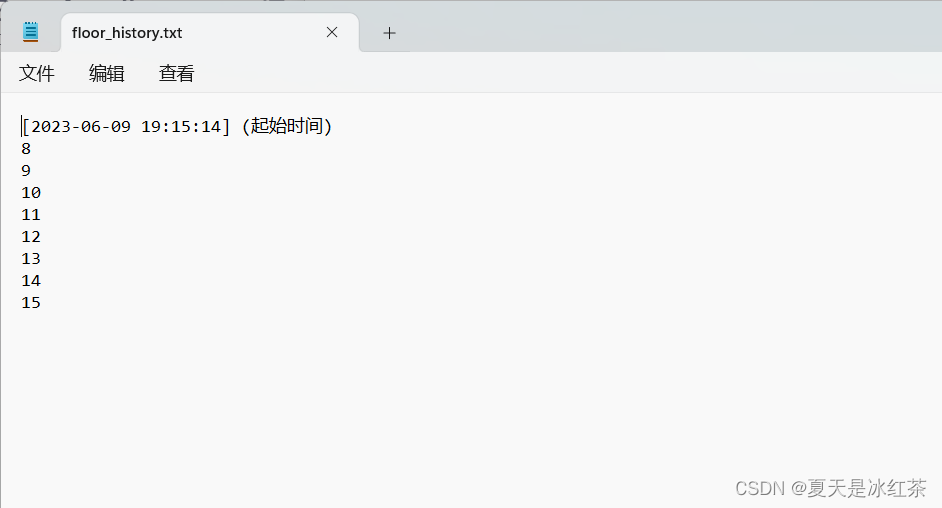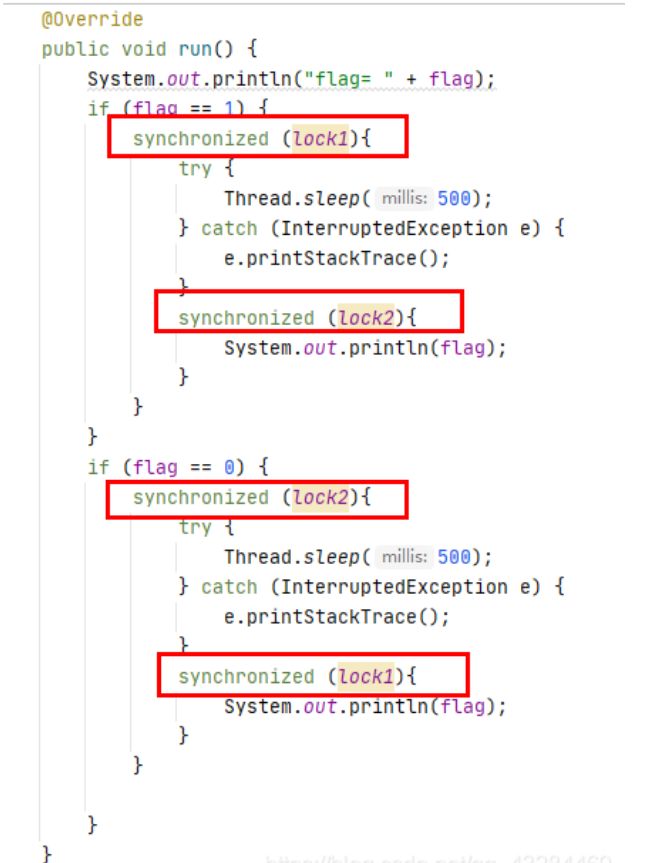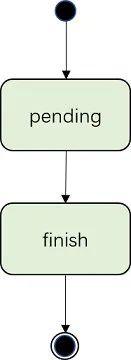目录
- Named Entity Recognition
- Relation Extraction
- Other IE Tasks
- Conclusion
- information extraction
- Given this: “Brasilia, the Brazilian capital, was founded in 1960.”
- Obtain this:
- capital(Brazil, Brasilia)
- founded(Brasilia, 1960)
- Main goal: turn text into structured data
- applications
- Stock analysis
- Gather information from news and social media
- Summarise texts into a structured format
- Decide whether to buy/sell at current stock price
- Medical research
- Obtain information from articles about diseases and treatments
- Decide which treatment to apply for new patient
- Stock analysis
- how
- Two steps:
- Named Entity Recognition (NER): find out entities such as “Brasilia” and “1960”
- Relation Extraction: use context to find the relation between “Brasilia” and “1960” (“founded”)
- Two steps:
- machine learning in IE
- Named Entity Recognition (NER): sequence models such as RNNs, HMMs or CRFs.
- Relation Extraction: mostly classifiers, either binary or multi-class.
- This lecture: how to frame these two tasks in order to apply sequence labellers and classifiers.
Named Entity Recognition


- typical entity tags (types of tags to use depend on domains)
- PER(people): people, characters
- ORG(organisation): companies, sports teams
- LOC(natural location): regions, mountains, seas
- GPE(man-made locations): countries, states, provinces (in some tagset this is labelled as LOC)
- FAC(facility): bridges, buildings, airports
- VEH(vehcle): planes, trains, cars
- Tag-set is application-dependent: some domains deal with specific entities e.g. proteins and genes
- NER as sequnce labelling
-
NE tags can be ambiguous:
- “Washington” can be a person, location or political entity
-
Similar problem when doing POS tagging
- possible solution: Incorporate(包含) context
-
Can we use a sequence tagger for this (e.g. HMM)?
- No, as entities can span multiple tokens(multiple words)
- Solution: modify the tag set
-
IO(inside,outside) tagging
- [ORG American Airlines], a unit of [ORG AMR Corp.], immediately matched the move, spokesman [PER Tim Wagner] said.
- ‘I-ORG’ represents a token that is inside an entity (ORG in this case).
- All tokens which are not entities get the ‘O’ token (for outside).
- Cannot differentiate between:
- a single entity with multiple tokens
- multiple entities with single tokens

-
IOB(beginning) tagging
-
[ORG American Airlines], a unit of [ORG AMR Corp.], immediately matched the move, spokesman [PER Tim Wagner] said.
-
B-ORG represents the beginning of an ORG entity.
-
If the entity has more than one token, subsequent tags are represented as I-ORG.

-
example: annotate the following sentence with NER tags(IOB)
- Steves Jobs founded Apple Inc. in 1976, Tageset: PER, ORG, LOC, TIME
- [B-PER Steves] [I-PER Jobs] [O founded] [B-ORG Apple] [I-ORG Inc.] [O in] [B-Time 1976]
- Steves Jobs founded Apple Inc. in 1976, Tageset: PER, ORG, LOC, TIME
-
-
NER as sequence labelling
- Given such tagging scheme, we can train any sequence labelling model
- In theory, HMMs can be used but discriminative models such as CRFs are preferred (HMMs cannot incorperate new features)
-
NER
-
features
- Example: L’Occitane
- Prefix/suffix:
- L / L’ / L’O / L’Oc / …
- e / ne / ane / tane / …
- Word shape:
- X’Xxxxxxxx / X’Xx
- XXXX-XX-XX (date!)
- POS tags / syntactic chunks: many entities are nouns or noun phrases.
- Presence in a gazeteer: lists of entities, such as place names, people’s names and surnames, etc.

-
classifier

-
deep learning for NER
- State of the art approach uses LSTMs with character and word embeddings (Lample et al. 2016)

- State of the art approach uses LSTMs with character and word embeddings (Lample et al. 2016)
-
-
Relation Extraction
-
relation extraction
- [ORG American Airlines], a unit of [ORG AMR Corp.], immediately matched the move, spokesman [PER Tim Wagner] said.
- Traditionally framed as triple(a relation and two entities) extraction:
- unit(American Airlines, AMR Corp.)
- spokesman(Tim Wagner, American Airlines)
- Key question: do we know all the possible relations?
- map relations to a closed set of relations
- unit(American Airlines, AMR Corp.) → subsidiary
- spokesman(Tim Wagner, American Airlines) → employment

-
methods
-
If we have access to a fixed relation database:
- Rule-based
- Supervised
- Semi-supervised
- Distant supervision
-
If no restrictions on relations:
- Unsupervised
- Sometimes referred as “OpenIE”
-
rule-based relation extraction
- “Agar is a substance prepared from a mixture of red algae such as Gelidium, for laboratory or industrial use.”
- identify linguitics patterns in sentence
- [NP red algae] such as [NP Gelidium]
- NP0 such as NP1 → hyponym(NP1, NP0)
- hyponym(Gelidium, red algae)
- Lexico-syntactic patterns: high precision, low recall(unlikely to recover all patterns, so many linguistic patterns!), manual effort required
- more rules

-
supervised relation extraction
- Assume a corpus with annotated relations
- Two steps (if only one step, class imbalance problem: most entities have no relations!)
- First, find if an entity pair is related or not (binary classification)
- For each sentence, gather all possible entity pairs
- Annotated pairs are considered positive examples
- Non-annotated pairs are taken as negative examples
- Second, for pairs predicted as positive, use a multiclass classifier (e.g. SVM) to obtain the relation
- example
- [ORG American Airlines], a unit of [ORG AMR Corp.], immediately matched the move, spokesman [PER Tim Wagner] said.
- First:
- (American Airlines, AMR Corp.) → \to → positive
- (American Airlines, Tim Wagner) → \to → positive
- (AMR Corp., Tim Wagner) → \to → negative
- Second:
- (American Airlines, AMR Corp.) → \to → subsidiary
- (American Airlines, Tim Wagner) → \to → employment
- First, find if an entity pair is related or not (binary classification)
- features
- [ORG American Airlines], a unit of [ORG AMR Corp.], immediately matched the move, spokesman [PER Tim Wagner] said.
- (American Airlines, Tim Wagner)
→
\to
→ employment

-
semi-supervised relation extraction
-
Annotated corpora is very expensive to create
-
Use seed tuples to bootstrap a classifier (use seed to find more training data)
-
steps:
- Given seed tuple: hub(Ryanair, Charleroi)
- Find sentences containing terms in seed tuples
- Budget airline Ryanair, which uses Charleroi as a hub, scrapped all weekend flights out of the airport
- Extract general patterns
- [ORG], which uses [LOC] as a hub
- Find new tuples with these patterns
- hub(Jetstar, Avalon)
- Add these new tuples to existing tuples and repeat step 2
-
issues
- Extracted tuples deviate from original relation over time
- semantic drift(deviate from original relation)
- Pattern: [NP] has a {NP}* hub at [LOC]
- Sydney has a ferry hub at Circular Quay
- hub(Sydney, Circular Quay)
- More erroneous(错误的) patterns extracted from this tuple…
- Should only accept patterns with high confidences
- semantic drift(deviate from original relation)
- Difficult to evaluate(no labels for new extracted tuples)
- Extracted general patterns tend to be very noisy
- Extracted tuples deviate from original relation over time
-
-
distant supervision
-
Semi-supervised methods assume the existence of seed tuples to mine new tuples
-
Can we mine new tuples directly?
-
Distant supervision obtain new tuples from a range of sources:
- DBpedia
- Freebase

-
Generate massive training sets, enabling the use of richer features, and no risk of semantic drift
-
-
unsupervised relation extraction
- No fixed or closed set of relations
- Relations are sub-sentences; usually has a verb
- “United has a hub in Chicago, which is the headquarters of United Continental Holdings.”
- “has a hub in”(United, Chicago)
- “is the headquarters of”(Chicago, United Continental Holdings)
- Main problem: so many relation forms! mapping relations into canonical forms
-
evaluation
- NER: F1-measure at the entity level.
- Relation Extraction with known relation set: F1-measure
- Relation Extraction with unknown relations: much harder to evaluate
- Usually need some human evaluation
- Massive datasets used in these settings are impractical to evaluate manually (use samples)
- Can only obtain (approximate) precision, not recall(too many possible relations!)
-
Other IE Tasks
-
temporal expression extraction
“[TIME July 2, 2007]: A fare increase initiated [TIME last week] by UAL Corp’s United Airlines was matched by competitors over [TIME the weekend], marking the second successful fare increase in [TIME two weeks].”
- Anchoring: when is “last week”?
- “last week” → 2007−W26
- Normalisation: mapping expressions to canonical forms.
- July 2, 2007 → 2007-07-02
- Mostly rule-based approaches
- Anchoring: when is “last week”?
-
event extraction
- “American Airlines, a unit of AMR Corp., immediately [EVENT matched] [EVENT the move], spokesman Tim Wagner [EVENT said].”
- Very similar to NER but different tags, including annotation and learning methods.
- Event ordering: detect how a set of events happened in a timeline.
- Involves both event extraction and temporal expression extraction.
Conclusion
- Information Extraction is a vast field with many different tasks and applications
- Named Entity Recognition
- Relation Extraction
- Event Extraction
- Machine learning methods involve classifiers and sequence labelling models.

